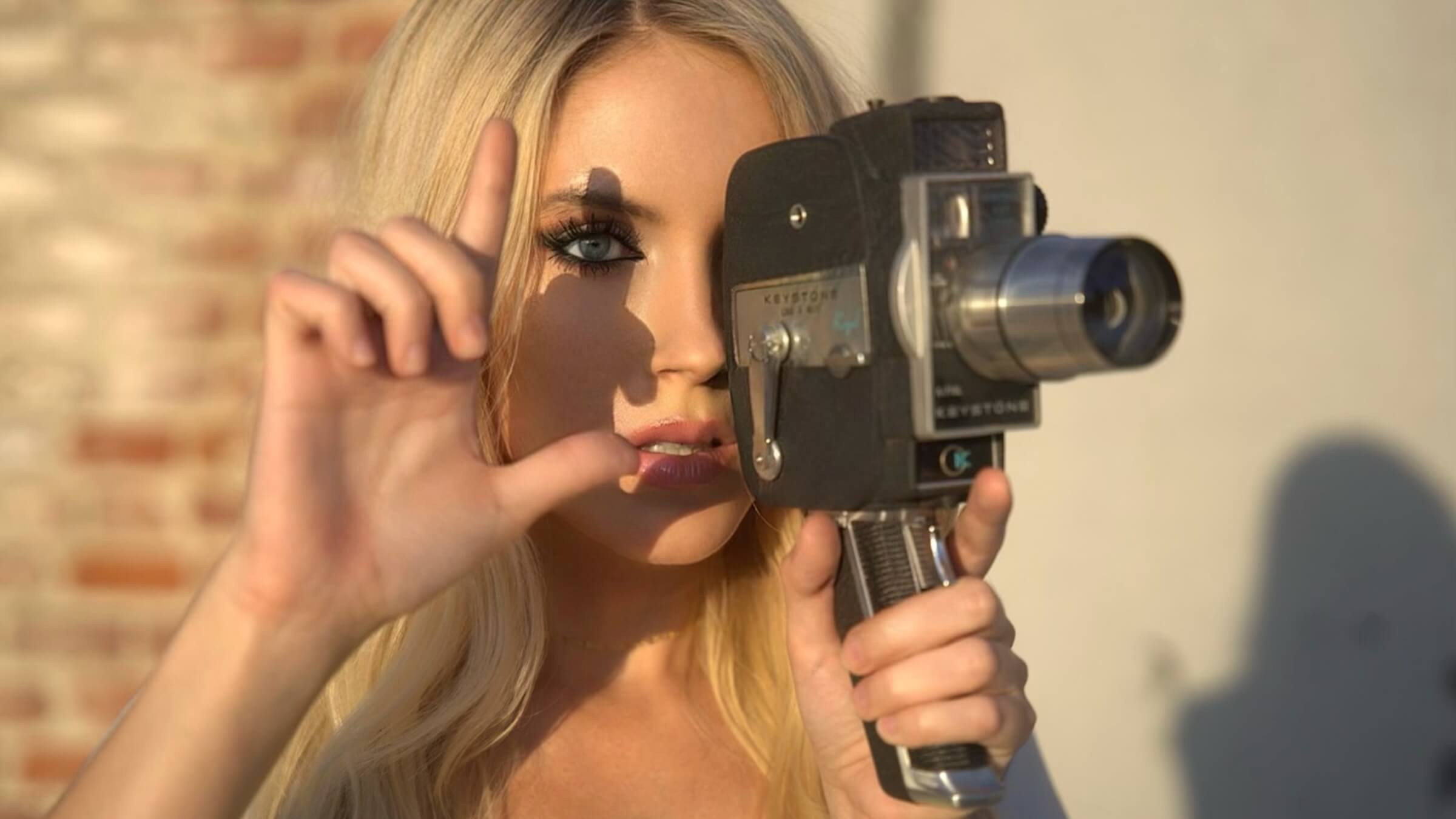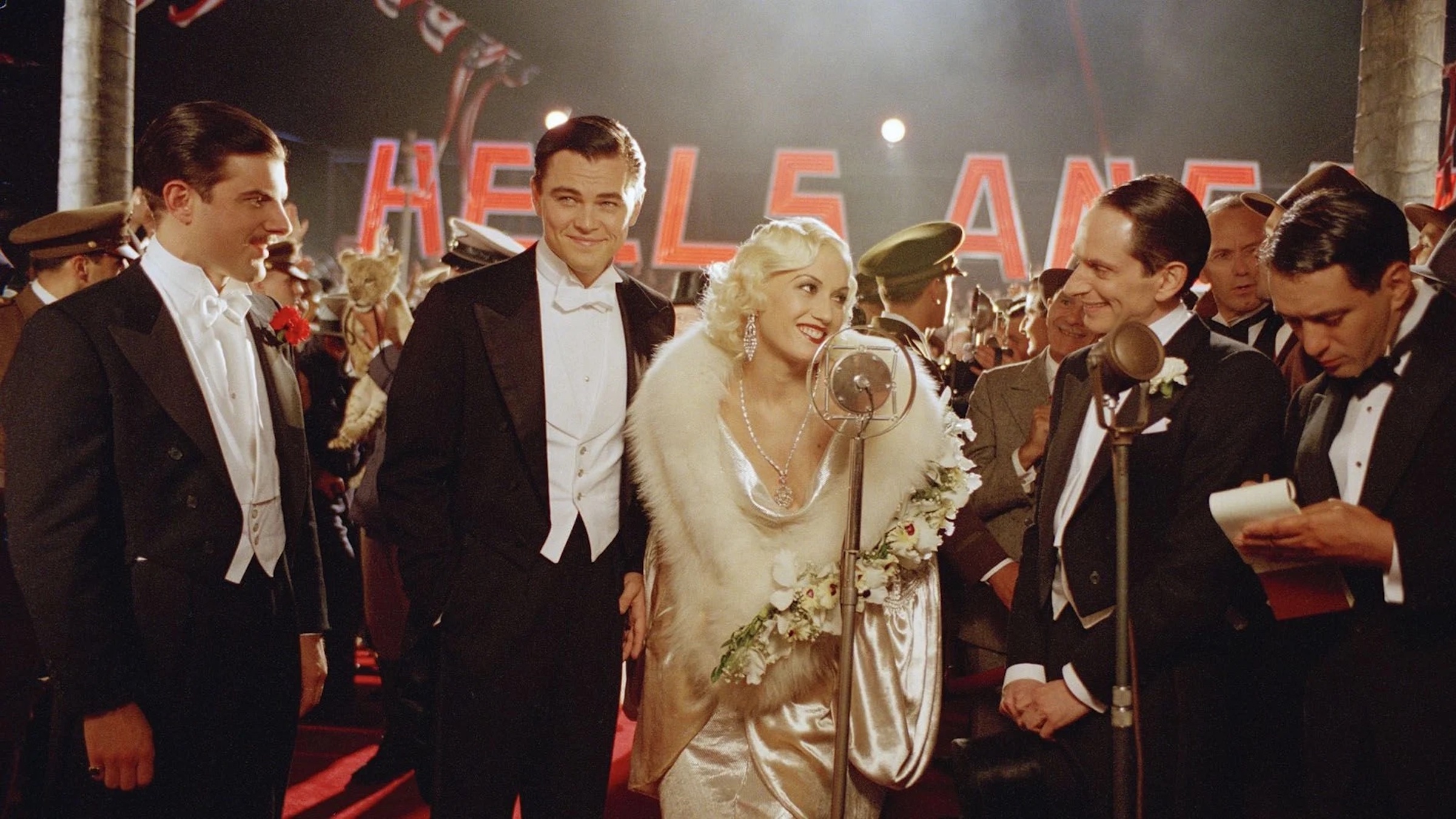I, Tonya and the Art of the Interview
January 12, 2018
I, Tonya, the true story of notorious ice skater Tonya Harding and her infamous “run-in” with competitor Nancy Kerrigan, was recently nominated for three Golden Globes, including Best Motion Picture—Musical or Comedy. But before I, Tonya hit the screens, it was one of Hollywood’s favorite unproduced screenplays, landing on both the Hit List and Black List in 2016.
The script quickly got the attention of A-list actor Margot Robbie, and the rest, as they say, is history. But when screenwriter Steven Rogers ( Hope Floats , Stepmom ) approached the idea of writing a Tonya Harding biopic, he came at his research from a unique angle, and opted to get the story straight from the source.Rather than relying on pre-existing research materials, such as books and articles, Rogers tracked down Tonya Harding herself to get her side of the story. Over a period of two days, Rogers interviewed Harding about her life and the events that transpired between herself and Nancy Kerrigan. From his interview with Harding, he identified other key players in the events, such as her estranged ex-husband, Jeff Gillooly. It soon became clear that all the parties involved had wildly conflicting stories about what actually happened, and Rogers realized he had struck screenwriting gold.
Biopics are always a hot commodity in Hollywood and an effective way for new screenwriters to get noticed. But the legalities behind writing someone’s life story can be unwieldy and difficult to predict. Many biopics have been stalled by the subject’s opposition to the project. Some have languished in development hell as the writer attempts to create a story that satisfies both the subject and also the dramatic needs of the movie. Others have gone the “unauthorized” route, publicly announcing that the movie is an unofficial story that has not been approved by its subject, only to have the project ridiculed in the press. Even if your subject is deceased, it doesn’t necessarily mean the movie can’t be opposed, as seen in the case of two recent Michael Jackson projects.
When it came to screenwriter Steven Rogers getting I, Tonya into production, he had none of these issues. Because Rogers had written a screenplay based on interviews he had conducted himself, there was no question about the validity and ownership of the source material. Rogers had also gone one step further and actually paid the participants for their interviews, having them sign a contract that also may have included life rights.
This interview approach also resulted in a screenplay that was lively, energetic, and filled with the distinct voices of its characters. The title page for the I, Tonya screenplay contains the following disclaimer: Based on irony free, wildly contradictory, totally true interviews with Tonya Harding and Jeff Gillooly. It’s a great comic touch that lets the reader know they are in for a fun, bumpy ride.
If you are considering writing a biopic, think about different ways you can approach the research other than just reading books and articles. It might be that your intended subject will actually be open to an interview, and it’s an option you shouldn’t rule out. Other forms of research can also bring your screenplay to life, such as visiting the locations where the events of your story took place. This approach isn’t just effective for biopics. If you want to write a story about a character whose world you have little knowledge about, find a real person who inhabits that world and talk to them. You may discover those small, wonderful nuggets of knowledge that will catapult your screenplay to the next level, and maybe even a Golden Globe nomination.
Read the screenplay for I, Tonya here.
Written by: Final Draft




